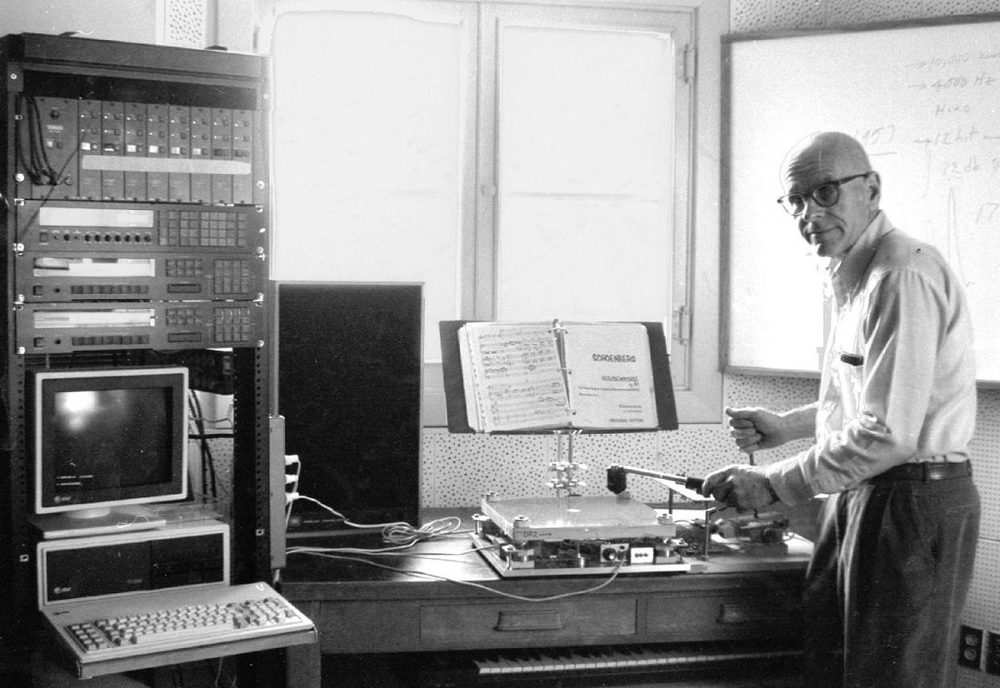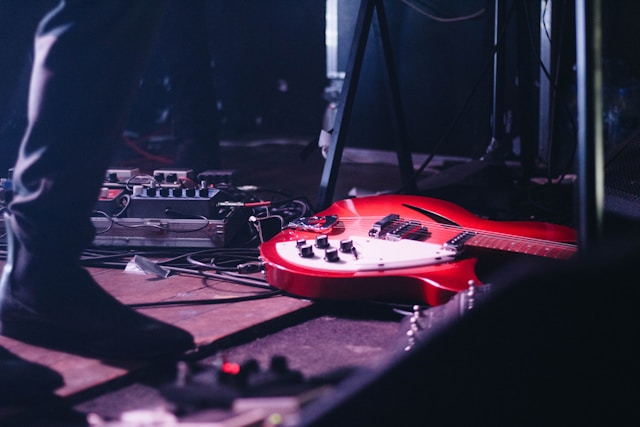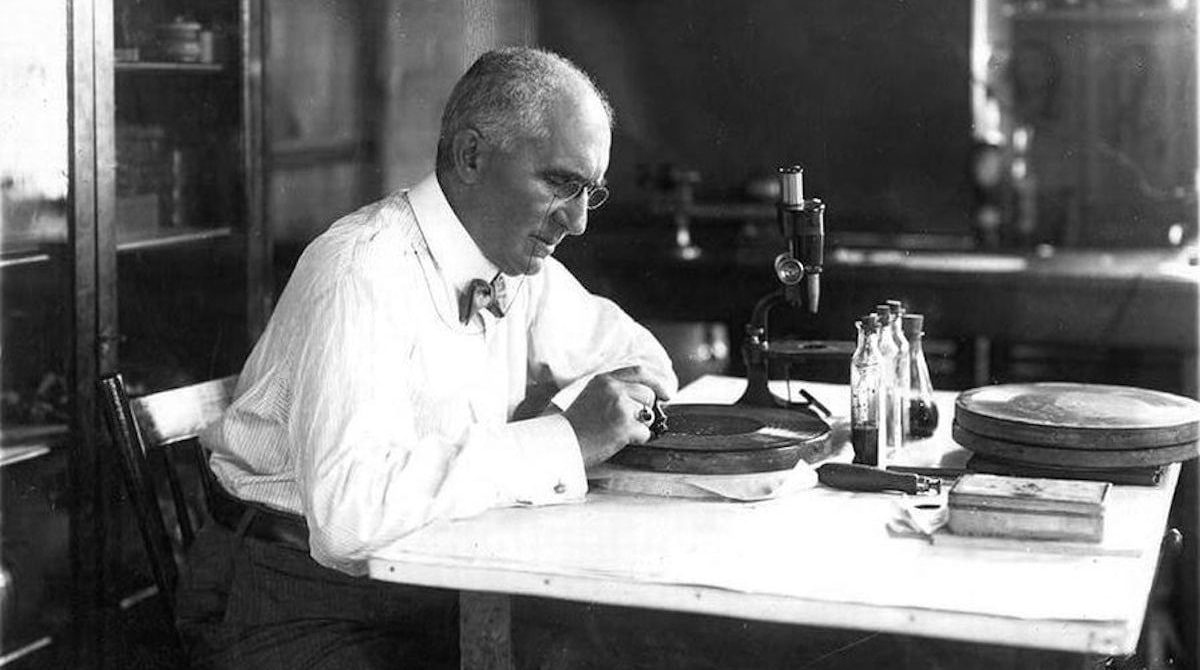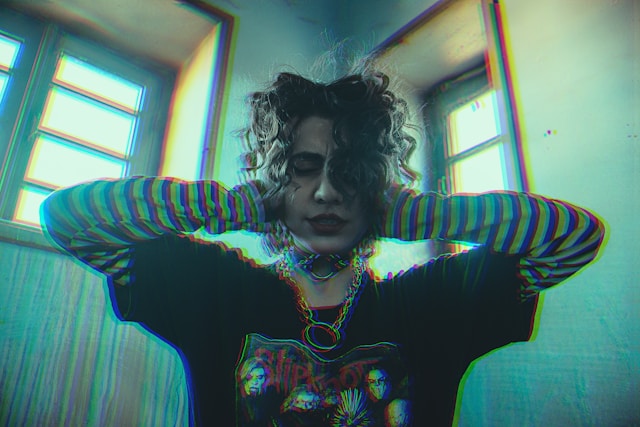Max Vernon Mathews (November 13, 1926 – April 21, 2011) was an American pioneer of computer music, often called the “father of computer music.” His work went far beyond programming: he made groundbreaking contributions to sound synthesis, acoustics, instrument design, and human–computer interaction in the field of music.
Early Life and Education
Max Mathews was born in Columbus, Nebraska, into a family of science teachers. His father taught physics, chemistry, and biology at the local high school, where he was also principal. Importantly, he allowed young Max to experiment in the school’s labs. The boy eagerly built devices ranging from electric motors to mercury barometers.
At the age of nine, Mathews taught himself algebra, and soon after moved on to calculus. Although he never finished high school, his extraordinary talent in mathematics and engineering was clear from an early age.
During World War II, he served in the U.S. Navy as a radar technician. This experience sparked his deep love for electronics. After the war, he pursued electrical engineering, earning his bachelor’s degree from the California Institute of Technology in 1950 and his Sc.D. from MIT in 1954.
Bell Labs and the MUSIC Program
In 1955, Mathews joined Bell Labs as an acoustics researcher. Just two years later, in 1957, he developed MUSIC, the first widely used program for generating sound by computer (Computer History Museum).
While the Australian CSIRAC computer had played simple melodies in 1951, it was Mathews’ work that laid the foundation for generations of digital music systems.
In 1957, an IBM 704 computer produced a 17-second composition using his program. The timbres were simple, but the breakthrough was undeniable. As Mathews himself put it: “There are no theoretical limits to the potential of the computer as a source of musical sounds.”
Further Innovations and Development
The MUSIC program was followed by improved versions—Music II through Music V—which inspired many successors such as Music 10, Music 360, Music 15, Csound, and Cmix. This lineage became the backbone of computer-based sound synthesis.
Graphic 1 (1968)
With L. Rosler, Mathews developed Graphic 1, an interactive system that let users draw shapes with a light pen, which were then translated into sound. This was one of the first steps toward intuitive, visual music composition with computers.
GROOVE (1970)
Together with F. R. Moore, he designed GROOVE (Generated Real-time Output Operations on Voltage-controlled Equipment). It was the first full-fledged system for real-time interactive performance and composition. Combining a minicomputer, display, digital-to-analog converters, controllers, and synthesizers, GROOVE was widely used throughout the 1970s and remains a milestone in computer music history.
“Daisy Bell” (1961)
Another famous moment came in 1961, when Mathews arranged the accompaniment for “Daisy Bell”, sung by a computer-generated voice. Using technology developed at Bell Labs, the computer performed with synthesized speech and melody. This experiment famously inspired Arthur C. Clarke, who suggested Stanley Kubrick include it in 2001: A Space Odyssey. In the film, the HAL 9000 computer sings this very song.
Scientific Work and Leadership
From 1962 to 1985, Mathews headed the Bell Labs Acoustics and Behavioral Research Center. His group explored not only music but also speech, perception, memory, learning, psychoacoustics, and even industrial robotics.
Between 1974 and 1980, he served as a scientific advisor at IRCAM in Paris, France, one of the world’s leading music research institutes. After retiring from Bell Labs in 1987, Mathews joined Stanford University as a professor at the Center for Computer Research in Music and Acoustics (CCRMA), where he remained active until the end of his life (Stanford News).
Focus on Live Performance
By the 1970s, Mathews had shifted his focus to live music performance and how computers could enhance it. He invented the Radio-Baton and the Conductor program, which enabled performers to control and interpret musical scores through gesture.
The Radio-Baton, created in the late 1980s, used two handheld batons that emitted radio signals to track motion, allowing musicians to control sounds in real time. This device anticipated today’s motion-based controllers developed by companies like Nintendo and Sony.
Other Inventions
Mathews designed several electronic violins and even invented a new instrument he called the “Daton”—a hybrid of a drum and a conductor’s baton. He often referred to himself as an “instrument maker or inventor”, aiming to give musicians new tools for expression.
His later research included the development of phasor filters, mathematical algorithms for producing synthetic resonances.
Legacy and Recognition
Max Mathews’ influence is vast and enduring. The popular software environment Max/MSP is named in his honor, cementing his role as a cornerstone of electronic and digital music.
He was a member of the U.S. National Academy of Sciences, the National Academy of Engineering, the American Academy of Arts and Sciences, IEEE, and the Acoustical Society of America. His many honors included the ASA Silver Medal in Musical Acoustics, the French Order of Arts and Letters, and the SEAMUS Lifetime Achievement Award.
His colleague John Chowning, founder of CCRMA, once said: “He imagined and created his own magical world, and then built the basic concepts and tools that allowed all of us to do the same.”
Mathews passed away on April 21, 2011, in San Francisco, at the age of 84, due to complications from pneumonia. His legacy continues to resonate through the digital instruments and techniques he pioneered, giving musicians “the full power to command the computer to do whatever it can.”
For further exploration of pioneers in electronic music, check out Laurie Spiegel: Pioneer of Electronic Music, a detailed overview of her contributions to digital composition and interactive sound systems.







Reading this felt like finding a long-lost treasure — a piece of writing that enlightens and comforts in equal measure.
True